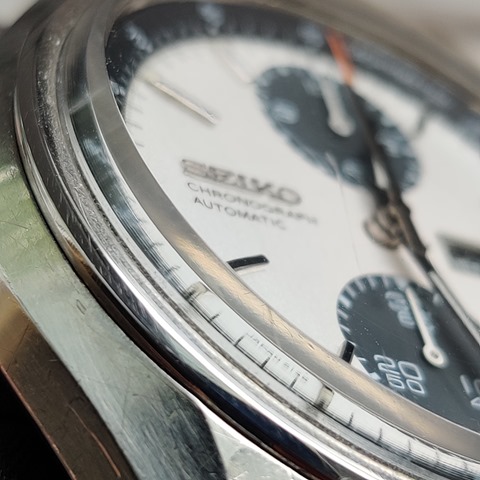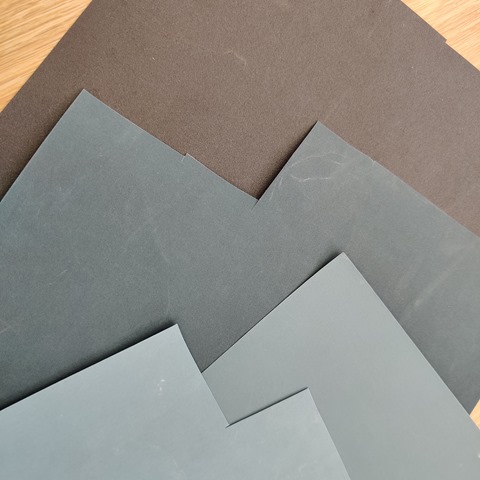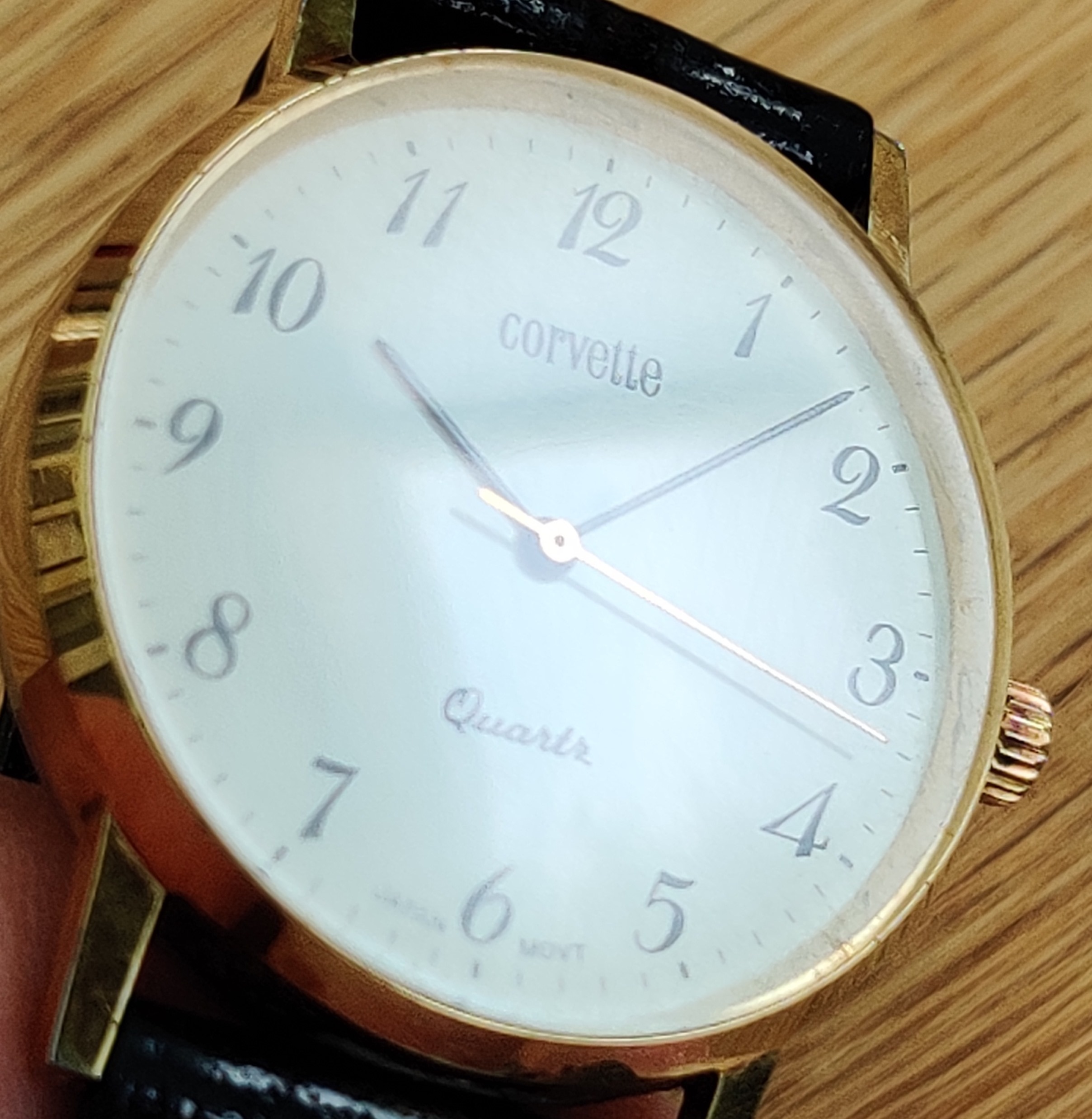Watch “glasses” or “crystals” tend to be either made of glass (mineral glass or sapphire) or acrylic/plastic. There are various reasons why a particular brand might choose one or the other – from the luxury feel to the practicality. On one hand, acrylic glasses are quite resistant to shattering – possibly one benefit of NASA choosing the Omega Speedmaster with it’s acrylic “Hesalite” plexiglass crystal, as a glass crystal shattering in zero gravity could be a pretty unpleasant experience.
A downside of acrylic crystals is they have a tendency to get scratched as they are materially quite soft and pliable (whereas a sapphire one is so hard that it’s difficult to scratch), but you can easily polish them to remove any scratches (whereas a scratched sapphire crystal is really difficult to polish). If you’re unsure of whether you have a plastic vs glass crystal, there are various videos online to try to show you how to tell, but in truth, with experience, you just know… tapping on the crystal with a thumbnail is normally all you’d need. Plastic tends to respond with a light, tappety sound whereas glass feels more solid and thud-some. If you can see the edges of the crystal (ie they’re not hidden under a bezel), the way the light passes through the edge is often a give-away too – sometimes a sapphire crystal refracts the light into a blueish / milky white halo.


The Seiko 6138-3002 (“Jumbo”) on the left has a chunky mineral glass crystal, whereas the 6138-8020 (“Panda”) on the right has an acrylic.
Anyway. I got a watch recently which had some pretty deep scratches on the acrylic crystal – a good bit of rubbing with Polywatch didn’t shift them satisfactorily so I thought of trying a Dremel with a polishing tip and some car paint swirl removing compound.
That Did Not Go Well. It started out making a great improvement, right up until it overheated the plexiglass and melted it. So there was nothing for it than to try wet sanding the crystal and it worked a treat.
So here’s an crappy watch with an acrylic crystal – it started off with quite a few little scratches, but I decided to make it a lot worse by gouging some pretty major strakes in it to test the process. I started by cutting a square of 240 grit sandpaper, dipping it in some water and going at the crystal…




Work through finer grades of sandpaper – I moved onto 600, 1000 and finally 2000 – and finish up with giving it a polish with Polywatch, or if you’re on a budget, some automotive plastic polish like Meguiars Plast-RX. Polywatch is about £1 per ml, whereas Meguiars is about 5p.
All in, about 5 minutes of polishing…

If you like watching someone rubbing an out-of-focus watch with sandpaper, check out the video…
Warning: Undefined variable $post in /var/www/wordpress/wp-content/themes/newsup/inc/ansar/hooks/hook-index-main.php on line 117